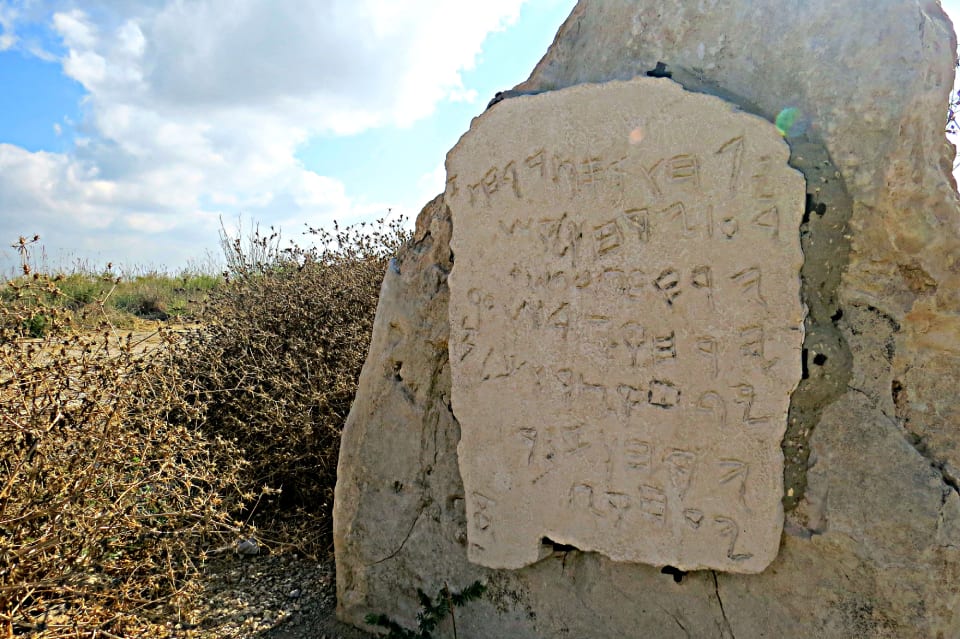So the Gezer calendar is a small limestone tablet with an early Canaanite inscription discovered in 1908 by Irish archaeologist R. A. Stewart Macalister in the ancient city of Gezer, not so far from Jerusalem. It is commonly dated to the 10th century BCE. Although the excavation was unstratified and its identification during the excavations was not in a “secure archaeological context”, presenting uncertainty around the dating. In addition, scholars are divided as to whether the language is Phoenician or Hebrew and whether the script is Phoenician (or Proto-Canaanite) or paleo-Hebrew.
Some More About the Gezer Calendar
The calendar is inscribed on a limestone plaque and describes monthly or bi-monthly periods and attributes to each a duty such as harvest; planting, or tending specific crops.
The inscription, known as KAI 182, is in Phoenician or paleo-Hebrew script:
???????.?????
??.???????
?????????
??????????
?????????
???????
?????
???
The text has been translated as:
Two months gathering (October, November — in the Hebrew calendar Tishrei, Cheshvan)
Two months planting (December, January — Kislev, Tevet)
Two months late sowing (February, March — Shvat, Adar)
One month cutting flax (April — Nisan)
One month reaping barley (May — Iyar)
One month reaping and measuring grain (June — Sivan)
Two months pruning (July, August — Tammuz, Av)
One month summer fruit (September — Elul)
Abij [ah]
The Interpretation of the Text
Scholars have speculated that the calendar could be a schoolboy’s memory exercise, the text of a popular folk song or a children’s song. Another possibility is something designed for the collection of taxes from farmers. The scribe of the calendar is probably “Abijah”, which means “Yah (a shortened form of the Tetragrammaton) is my father”. This name appears in the Bible for several individuals, including the king of Judah (1 Kings 14:31).


